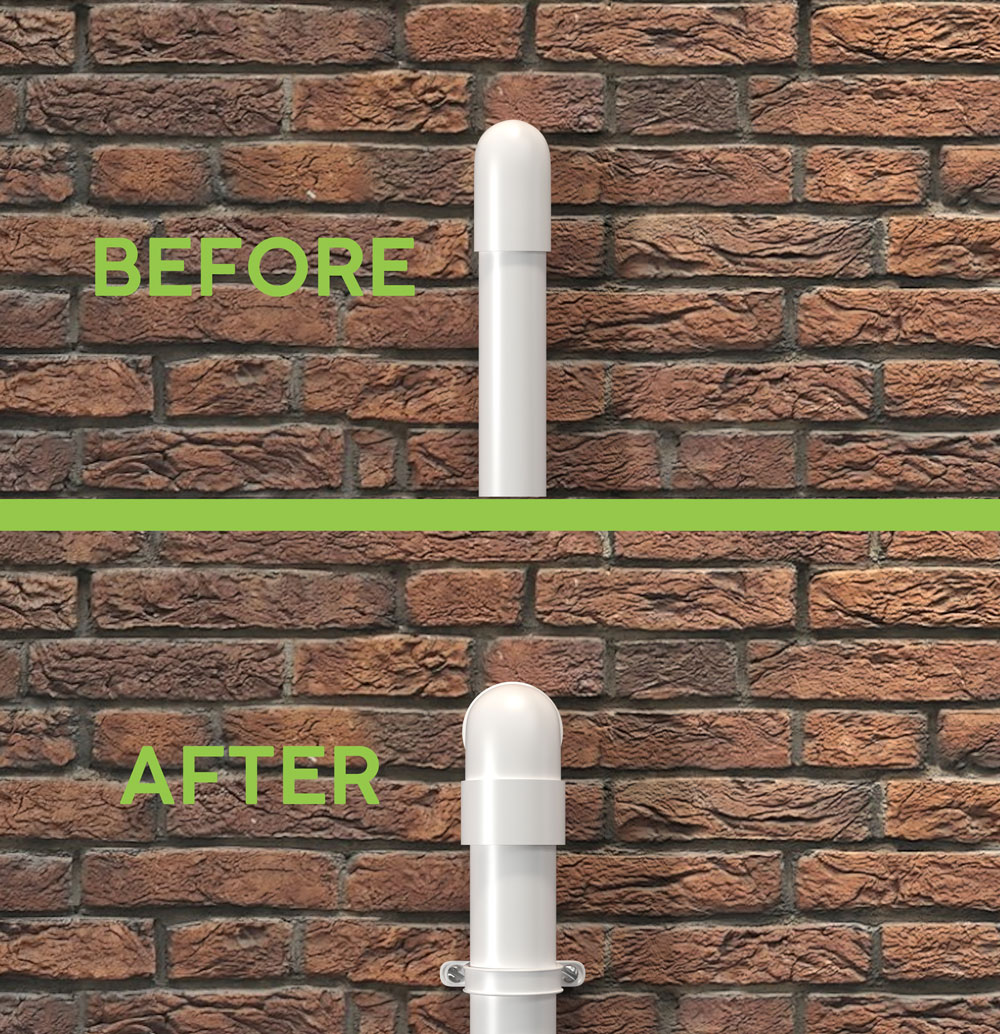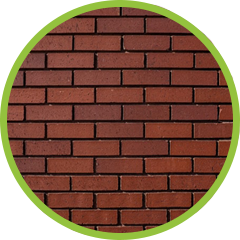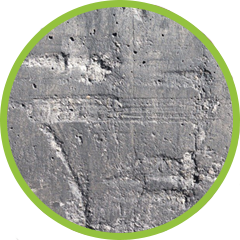*Pipe insulation not shown for clarity


Clipacore CONDENSEMATE


1 – 1/2″ Drill / arbor adaptor
2 – Quick release clip
3 – 1/2″ Core bit thread
4 – Outer Core Bit (sold separately) Click Here to see our range of Xpresscut core bits
5 – Compression Spring
6 – Inner Core Bit (22mm x 300mm long)

DISCLAIMER
a) Perfect results are easily achieved by using any rotary drill with a minimum drive power of 850 watts. The machine should also be capable of speeds of up to 3000 rpm and have a variable speed control and slipping clutch.
b) Clear the debris at regular intervals, as a build-up of dust will cause overheating, extensive clutch wear and possible loss of segments.
c) The harder the material and larger the diameter of core, the slower the rpm.
d) The softer the material and for smaller diameter cores, the higher the rpm.
e) Reduce pressure if the bit starts to vibrate.
f) Do not – Use hammer action when drilling with a dry diamond core drill.
g) The inner core bit supplied serves as a guide only for the outer core bit, so always ensure the overflow pipe is fully removed within wall before drilling. The 22mm inner core bit MUST insert within the existing hole without any force or resistance to prevent the spring compressing from the high torque load.
We take no responsibility or liability for any damages or failure arising out of, or in connection with misuse of the product. Should damage occur to the diamond segments (separated from the barrel), please send photographic evidence of the core bit and the hole being drilled for examination by our technicians, to: [email protected]

Building Materials

Abrasive Materials
| Material | Regular use (✔️) | Occasional use (✔️) |
|---|---|---|
| Bricks - Class A engineering | ✔️ | |
| Bricks - Class B engineering | ✔️ | |
| Bricks - standard facing | ✔️ | |
| Clay products | ✔️ | |
| Concrete - Beams, Kerbs, Pipes, Slabs | ✔️ | |
| Concrete blocks (3 to 7 Newton) | ✔️ | |
| Concrete blocks (7 to 12 Newton) | ✔️ | |
| Concrete blocks (12+ Newton) | ✔️ |
What do Engineering Bricks look like?
Engineering Bricks have a smooth finish with perforations through the top to the bottom. They are widely available in blue or red and are identifiable by their uniform shape.
Class A engineering bricks have a higher compressive strength over class B and are harder to drill.
